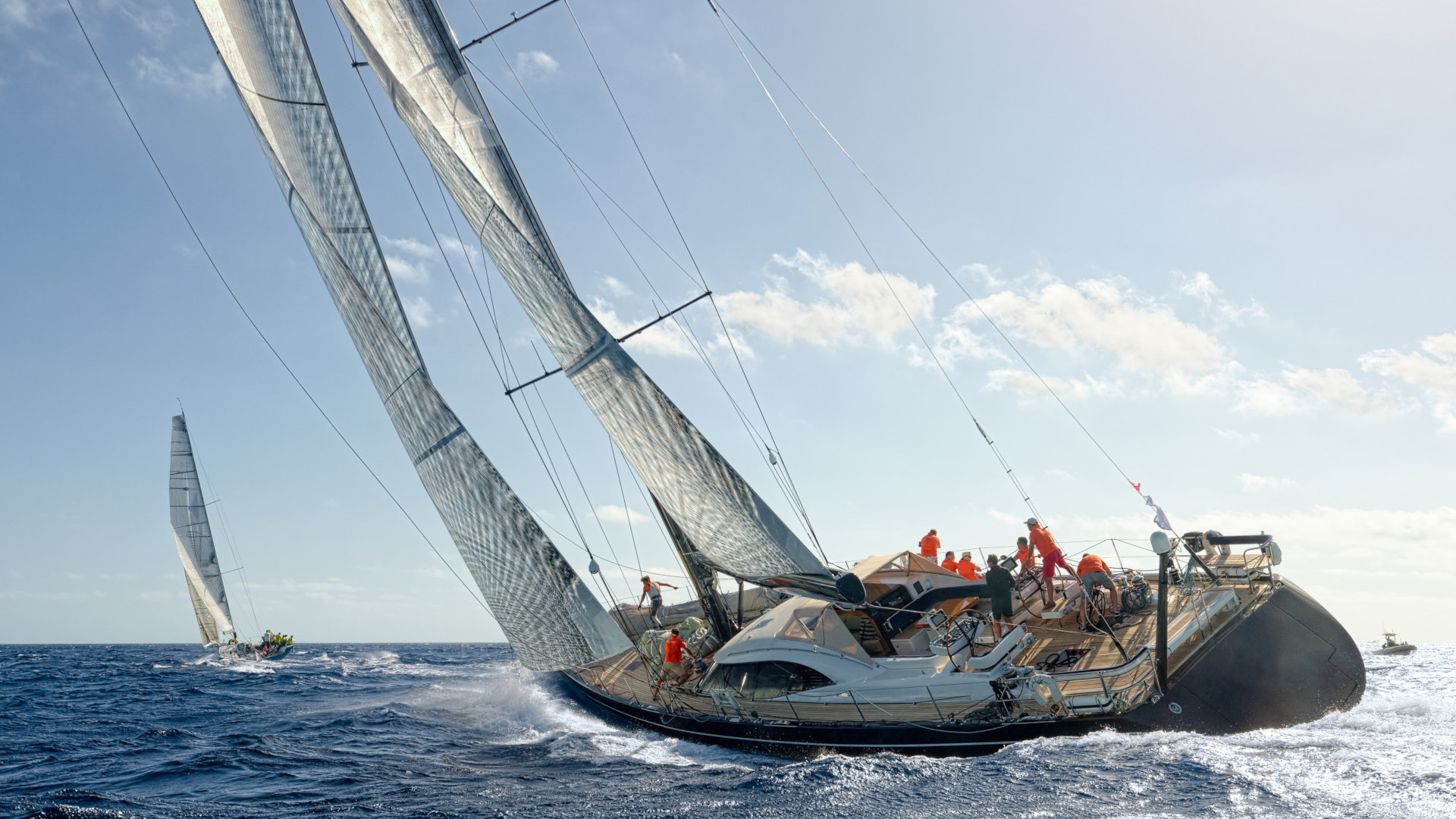Welcome!
Welcome to this introductory course to Sailing Yacht Design!
This course is structured into different modules that will cover the main aspects of the design process. These include the theoretical fundamentals of sailing, yacht modeling, hull and appendage resistance, sail forces calculation, and stability topics.
During the course, the instructors will guide you through the first design cycle of a new sailing yacht, showing their methodology, the software they use, and explaining the design decisions and trade-offs made.
The instructors will also carry out performance calculations for the newly created design using software tools commonly used by professional yacht designers.
What will you learn?
The course starts by discussing the most important qualities of the hull and how they depend on each other.
The first characteristics assessed are those linked to velocity. These characteristics make a boat more or less capable of attaining its hull speed and maximum speed possible with the available wind.
Then, the course moves into the aspects linked to stability and discusses form and weight stability and the boat’s righting curve (GZ curve).
After stability, the instructors explain the concept of added resistance in waves and how it relates to the hull shape and the distribution of weights.
Next, the boat’s capacity to sail close-hauled, which depends mainly on the relation between the sails and the keel, and the concept of maneuverability, which is the vessel’s ability to navigate and change her course with the minimum action of the rudder, are discussed.
Afterward, the instructors introduce typical keel and rudder profiles and configurations and discuss sails, rig, sailing areas, and sails distribution.
The course then goes into the modeling of a sailing yacht hull, which is later used to introduce the different resistance components and perform resistance, stability, and performance (VPP) calculations.
Course organization
The course is video-based, and you can follow it at your own pace. It contains 50 lessons, 16 quizzes, and 31 downloadable documents. Students who complete the course will obtain a Certificate.
Course students will also have access to the virtual private classroom, where they can interact with the instructors and fellow students.
– Resources:
- Video lessons.
- Lesson materials (pdf, excel, python, maxsurf).
- Quizzes.
- Course Certificate
– Classroom:
– Prerequisites:
- To follow the course, it is not necessary to have any prior knowledge of the design of sailing yachts. However, a technical or engineering background will help you out during the journey.
- A minimum Navalapp membership level of “Subscriber” (free membership) is required to enroll in this course.
Maxsurf software license
The instructors use marine vessel design and analysis software Maxsurf in some lessons. Students do not need this software to follow the course or to obtain the course certificate. However, we offer Navalapp PRO members a FREE Maxsurf Ultimate Academic Version License. You can read more about this offer here.
RINA Endorsement

After a thorough evaluation, the Royal Institution of Naval Architects (RINA) has found that Navalapp’s course Sailing Yacht Design 1 meets the Institution’s requirements for Continuing Professional Development (CPD). Therefore, RINA has considered that the courses warrant recognition and has issued a Certificate of Endorsement.
During the evaluation, RINA studied different aspects of the courses, such as learning aims, content and structure, whether the information is up-to-date and factually correct, students’ evaluations of the course, the supporting information and materials, the instructors’ expertise, the method by which the students are evaluated, and Navalapp’s organization standards.





